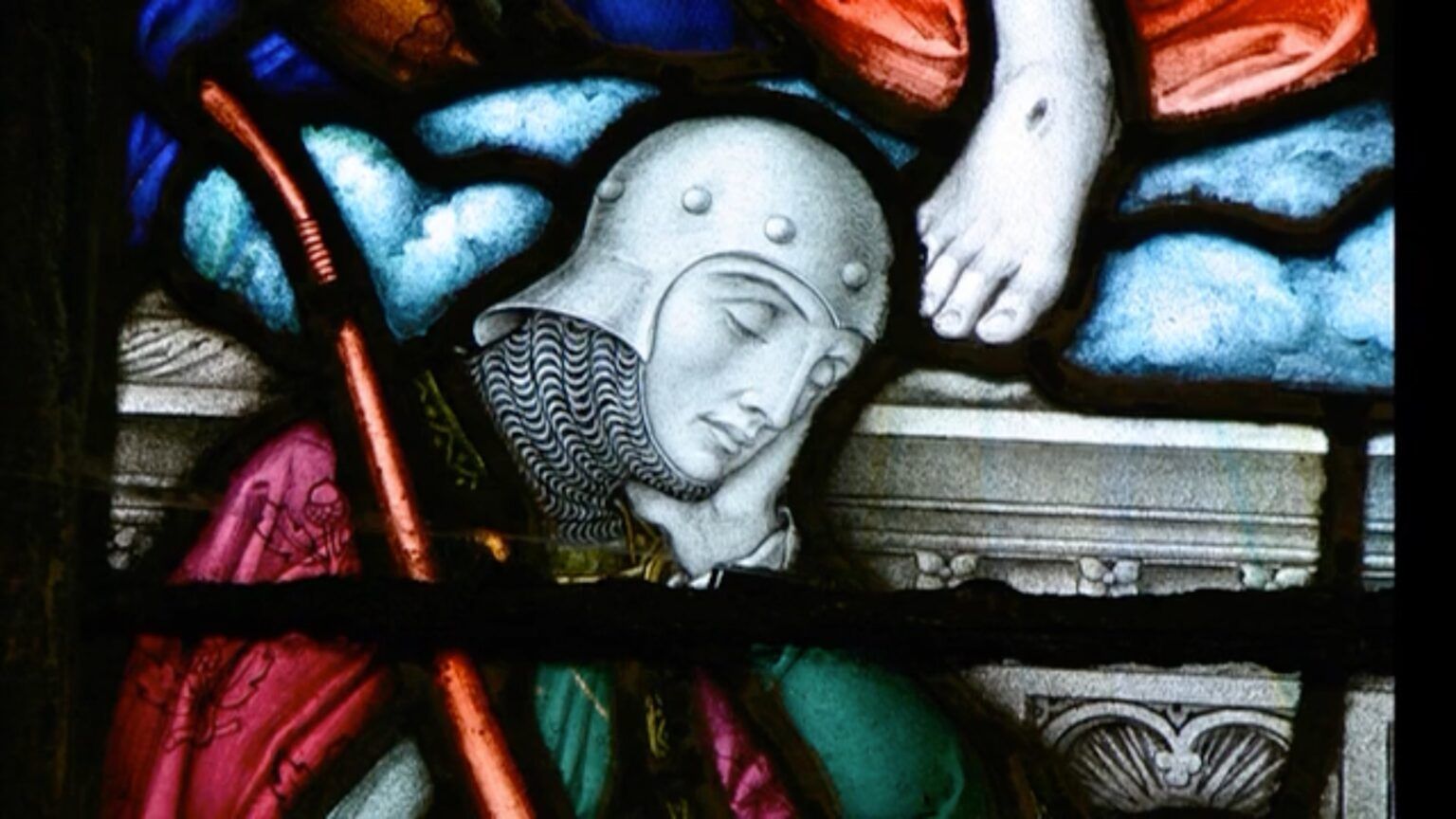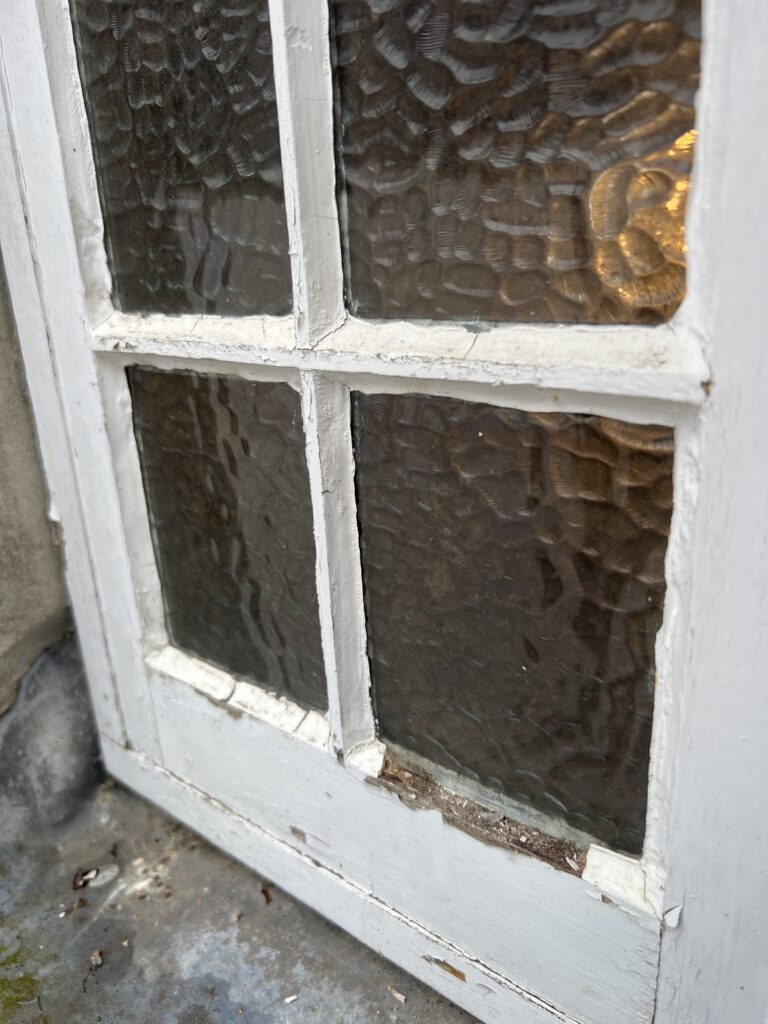The History of Stained Glass Windows in Jersey
BOSDET: The Man Behind the Glass Window – M Hammarsal & M Jones (2009) from Maya Hammarsal on Vimeo.
Introduction
Our beautiful island of Jersey is home to an array of historical treasures, and stained-glass windows are one of the most telling.
These breathtaking works of art enhance the aesthetic appeal of our churches and other historical buildings, and preserve a rich cultural heritage for the story of our island.
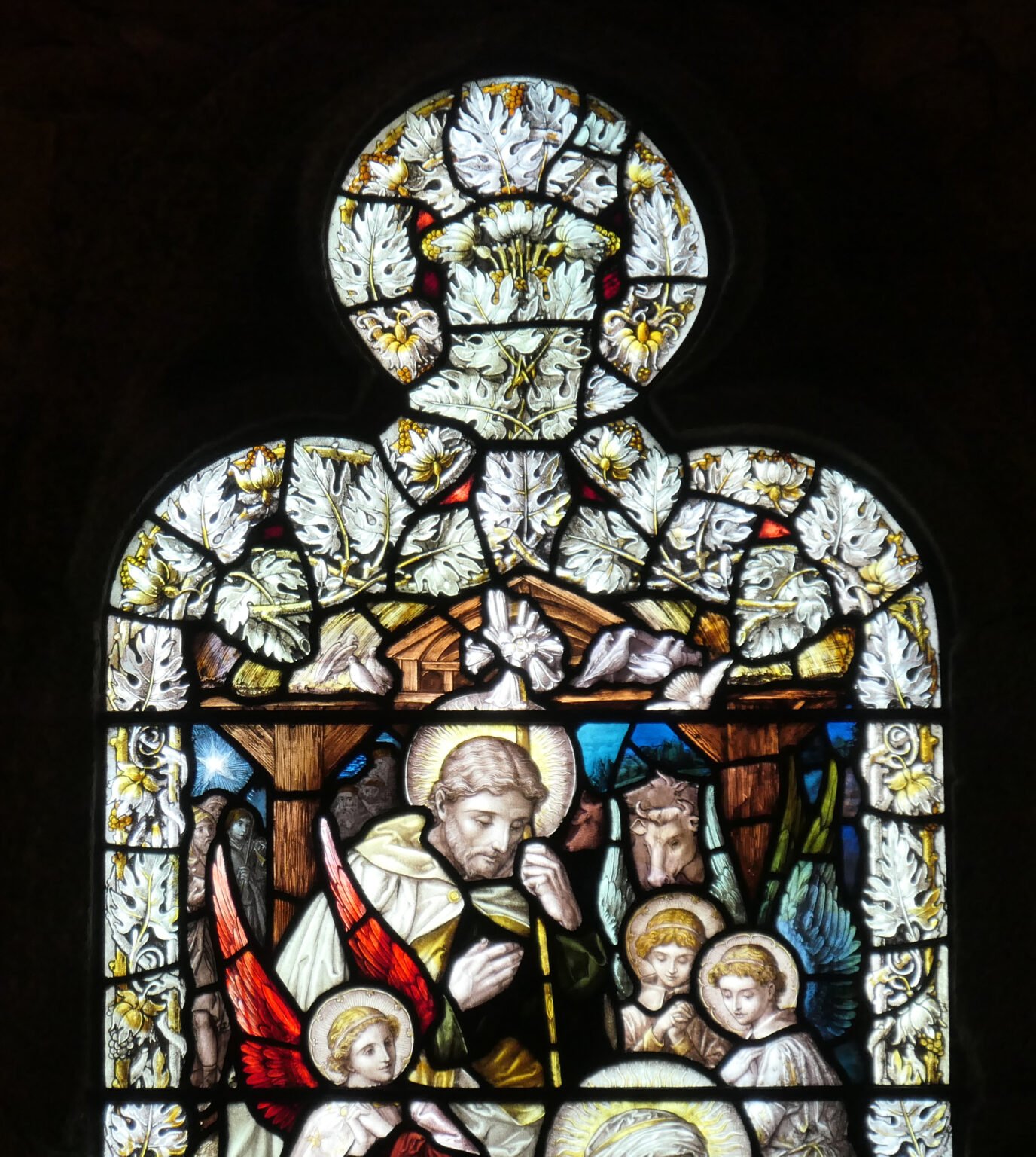
The history of stained-glass windows
During the period from 1150 to 1550, stained-glass windows gained immense popularity throughout Europe. Compromising a mosaic of coloured and painted glass pieces joined by lead strips, these windows became prominent architectural elements in cathedrals, churches, city halls and opulent residences of the elite.
There is, however, evidence that stained-glass windows date back to Ancient Rome, where craftsmen used colourful glass to make decorative wares.
Introduction to Jersey
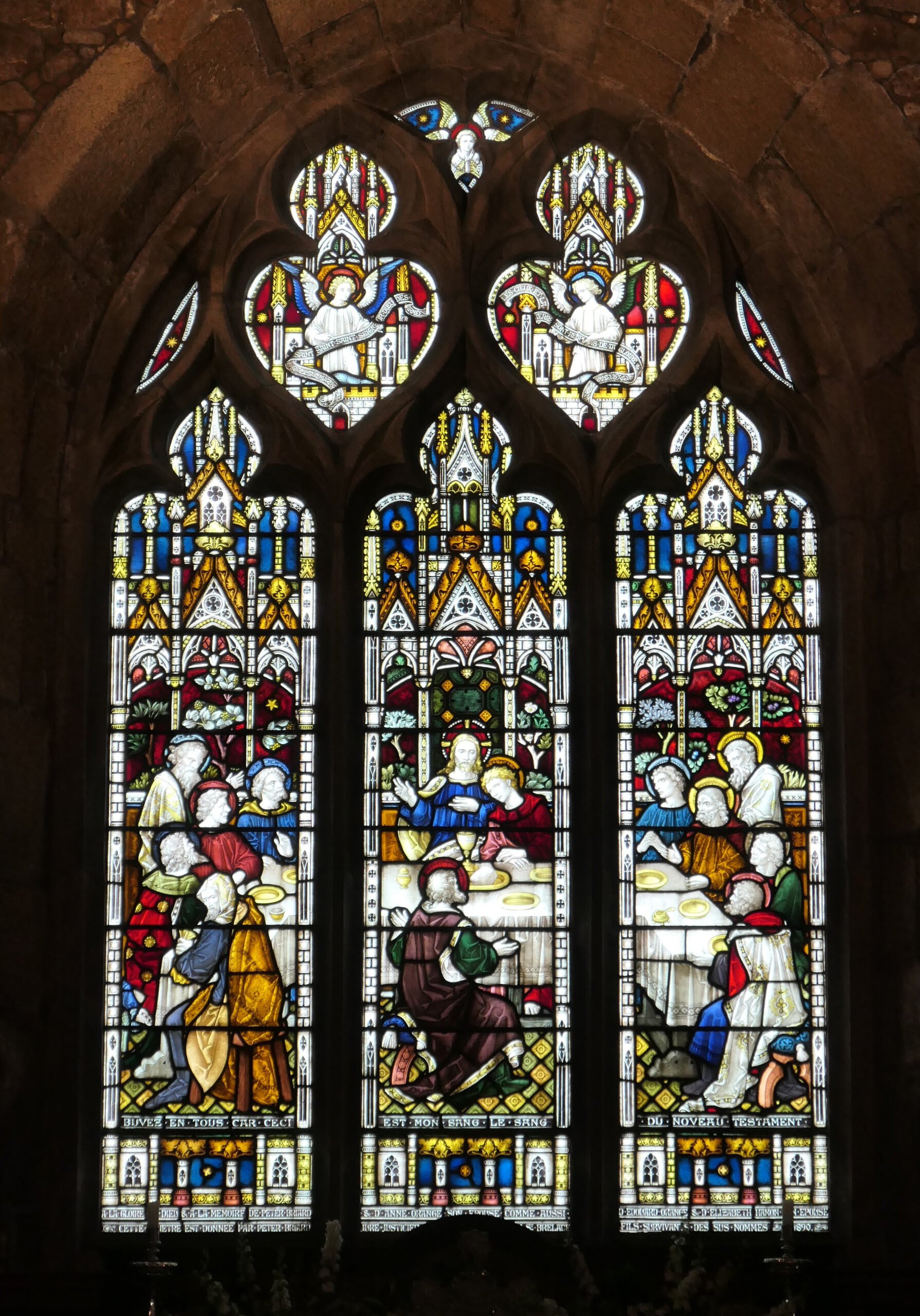
The exact date of first-use in Jersey is not known, however, as Christianity spread and churches were constructed across Europe, the inclusion of stained-glass windows became common practice.
Most recorded stain glass windows in Jersey date back to the mid to late 19th century.
Many were manufactured by John Hardman and Co. Founded in 1838, he expanded into the manufacture of stained-glass in 1845.
Learn more about John Hardman and Co, at: https://www.visitstainedglass.uk/artist-page/hardman-john-co
Medieval Times
During the medieval period, glass production involved melting sand, soda, and lime in a high-temperature furnace. The molten glass was then blown into a large bubble and spun rapidly, creating a disc known as a crown glass.
These crown glasses were subsequently cut into smaller pieces for the stained-glass window. The glass pieces were cut according to the shapes and sizes specified in the design of the window.
The individual pieces were often outlined with lead strips called “cames” to provide structural support. In some cases, coloured glass was painted with enamel paints to add intricate details, shading, and facial features.
Preserving Jersey's Stained Glass Windows: A Testament to Artistic Heritage
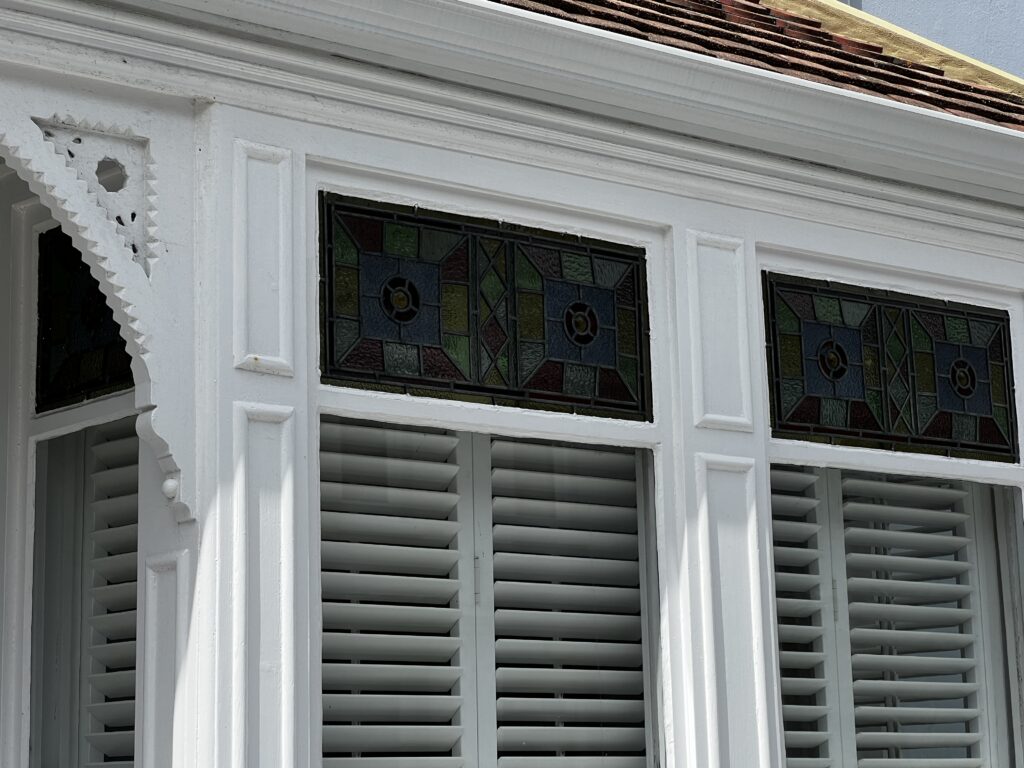
Preserving stained-glass windows in Jersey is of utmost importance, as they embody the island's rich cultural heritage, connect us to our historical roots, and contribute to the unique architectural and artistic landscape.
These exquisite windows serve as tangible links to the past, providing insights into Jersey's religious traditions, architectural styles, and artistic achievements. By preserving them, we ensure that future generations can appreciate and learn from the historical, cultural, and artistic legacy they left for us.
Moreover, these windows hold significant spiritual and aesthetic value, creating a sacred and awe-inspiring atmosphere within churches and cathedrals.
To preserve Jersey's stained-glass windows is to honour our heritage, inspire creativity, and foster a deep appreciation for the intricate craftsmanship and beauty that defines our island's cultural tapestry.
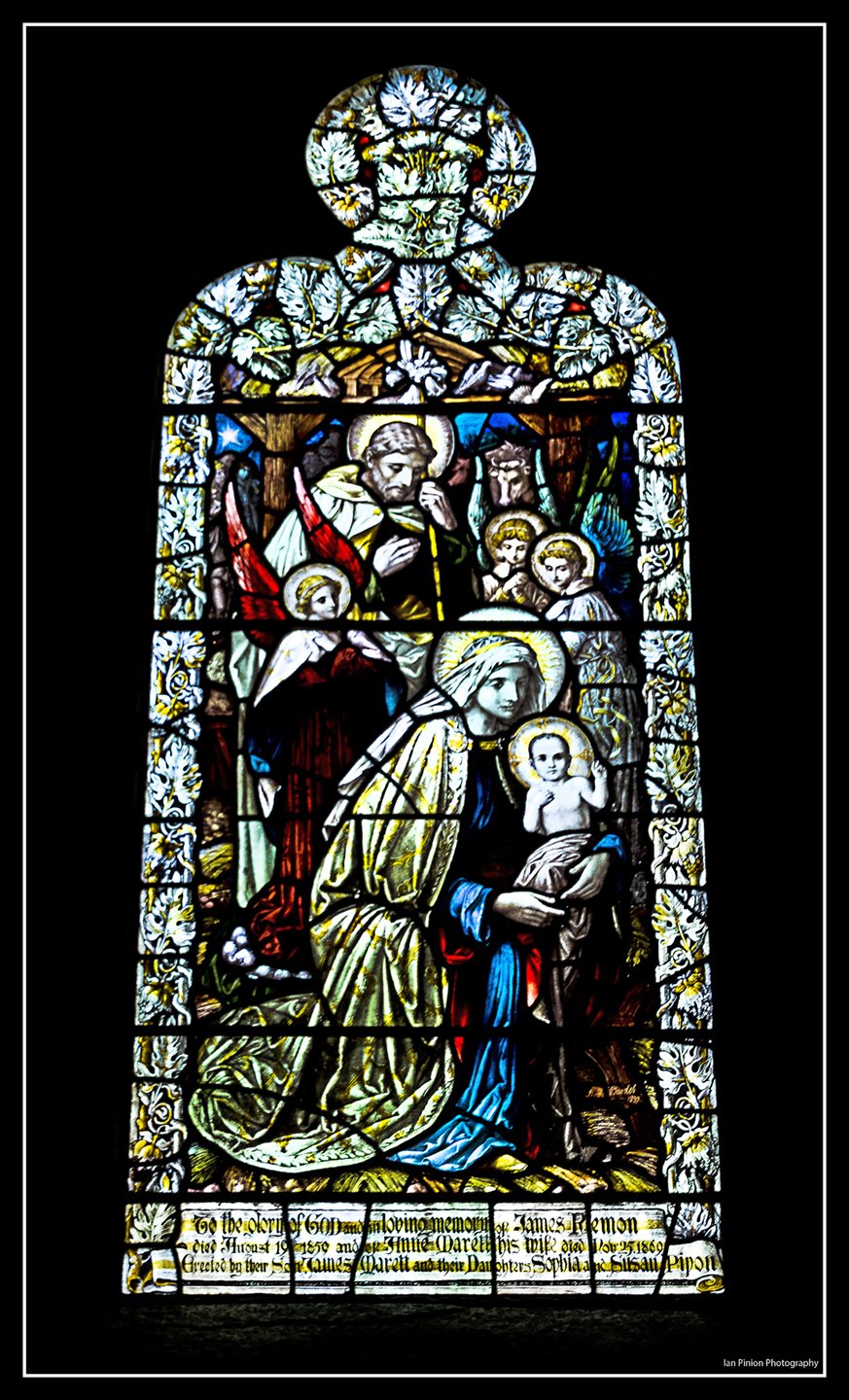
For more information on the history of stained-glass windows in Jersey, we highly recommend you visit the Glass Rainbow Trust Website. It celebrates the life and work of Henry Thomas Bosdet who was a Jersey born artist renowned for his glass creations.
He created over 30 stained-glass windows that can be seen across the island in churches, chapels and private houses.


